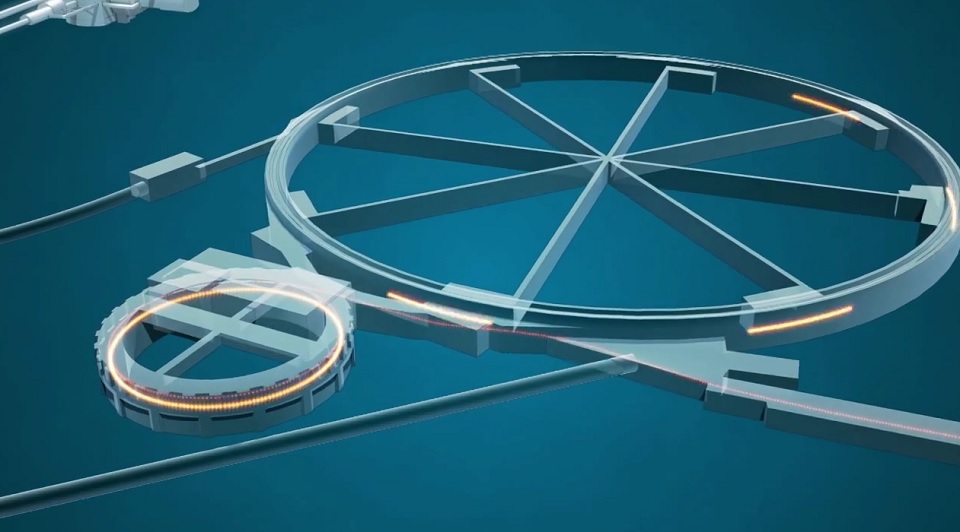
This animation shows how the Large Hadron Collider (LHC) works.
The film begins with an aerial view of CERN near Geneva, with outlines of the accelerator complex, including the underground Large Hadron Collider (LHC), 27-km in circumference. The positions of the four largest LHC experiments, ALICE, ATLAS, CMS and LHCb are revealed before we see protons travelling around the LHC ring.
The proton source is a simple bottle of hydrogen gas. An electric field is used to strip hydrogen atoms of their electrons to yield protons. Linac 2, the first accelerator in the chain, accelerates the protons to the energy of 50 MeV. The beam is then injected into the Proton Synchrotron Booster (PSB), which accelerates the protons to 1.4 GeV, followed by the Proton Synchrotron (PS), which pushes the beam to 25 GeV. Protons are then sent to the Super Proton Synchrotron (SPS) where they are accelerated to 450 GeV.
The protons are finally transferred to the two beam pipes of the LHC. The beam in one pipe circulates clockwise while the beam in the other pipe circulates anticlockwise, increasing in energy until they reach 6.5 TeV. Beams circulate for many hours inside the LHC beam pipes under normal operating conditions. The two beams are brought into collision inside four detectors – ALICE, ATLAS, CMS and LHCb – where the total energy at the collision point is equal to 13 TeV.
Collisions occur once every 25 nanoseconds, the trigger level 1 performs ultrafast event selection before data move to trigger levels 2 and 3 at the PC farm. Selected event data are then sent to the CERN data centre that performs initial data reconstruction and makes a copy of the data for long-term storage, while raw and reconstituted data are sent to the Computing Grid. The Worldwide LHC Computing Grid infrastructure includes two “Tier 0” sites, one at CERN and one in Budapest, Hungary, as well as further smaller computing sites located around the world.
As collision data increases, physicists build up enough statistics to test theoretical predictions, such as the prediction of a Higgs Boson, discovered in the data from the LHC’s first physics run (shown as a bump in the graphs in the animation). The LHC allows physicists to probe the nature of matter. The new higher collision energy of 13 TeV opens up new frontiers in particle physics.

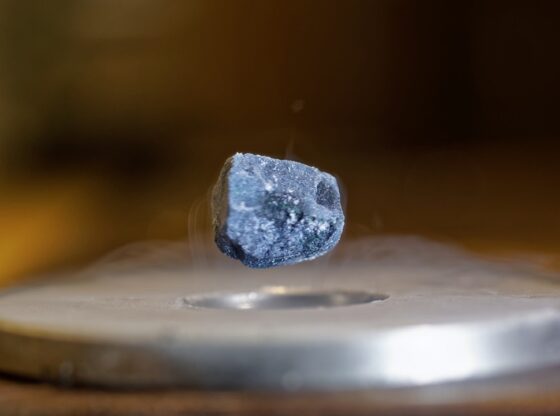

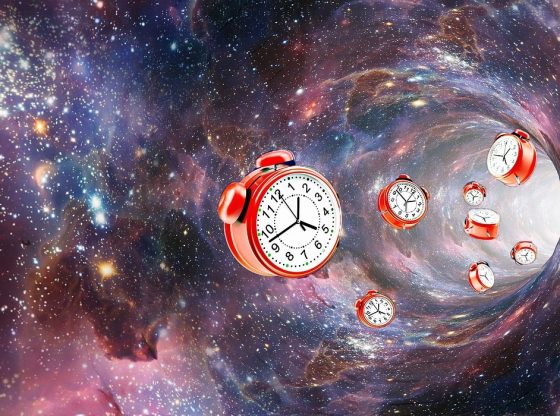
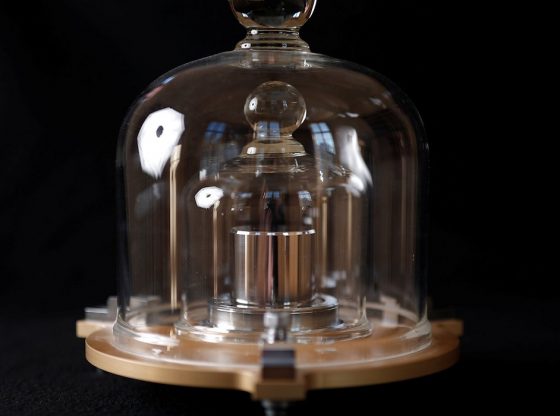
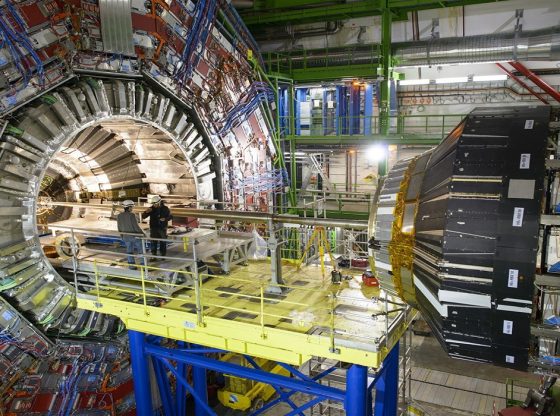
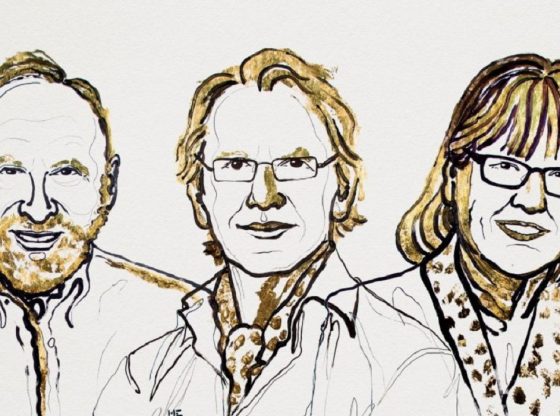
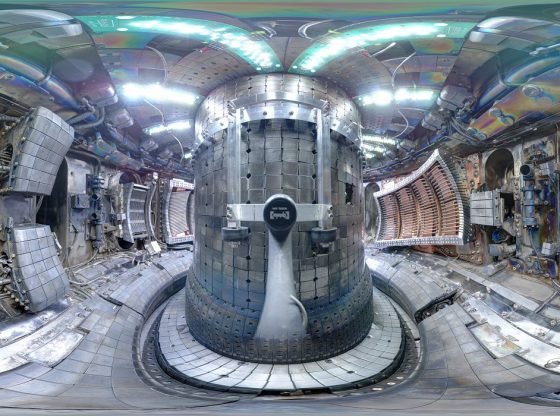
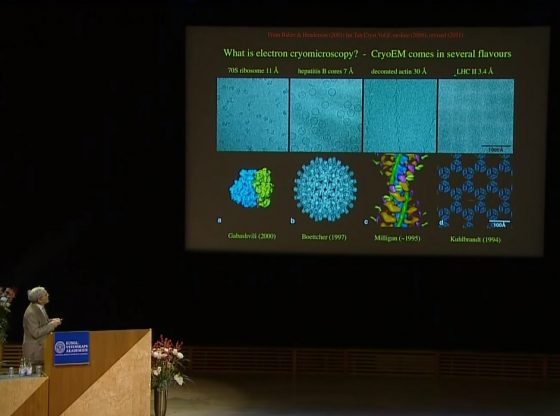
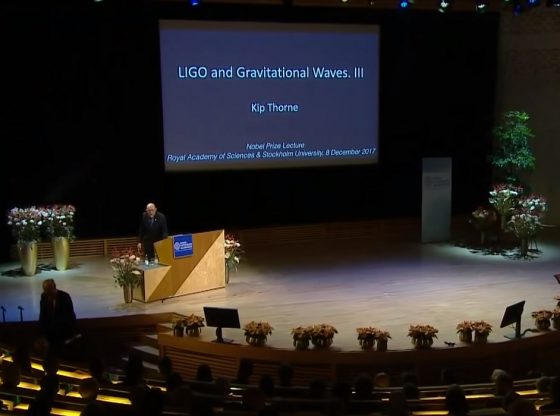
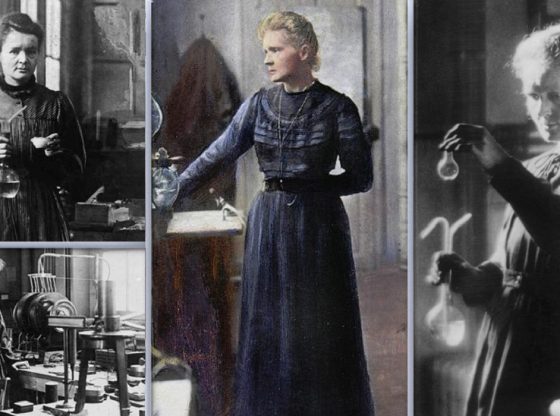
![OpenAI. (2025). ChatGPT [Large language model]. https://chatgpt.com](https://www.illustratedcuriosity.com/files/media/55136/b1b0b614-5b72-486c-901d-ff244549d67a-350x260.webp)
![OpenAI. (2025). ChatGPT [Large language model]. https://chatgpt.com](https://www.illustratedcuriosity.com/files/media/55124/79bc18fa-f616-4951-856f-cc724ad5d497-350x260.webp)
![OpenAI. (2025). ChatGPT [Large language model]. https://chatgpt.com](https://www.illustratedcuriosity.com/files/media/55099/2638a982-b4de-4913-8a1c-1479df352bf3-350x260.webp)








